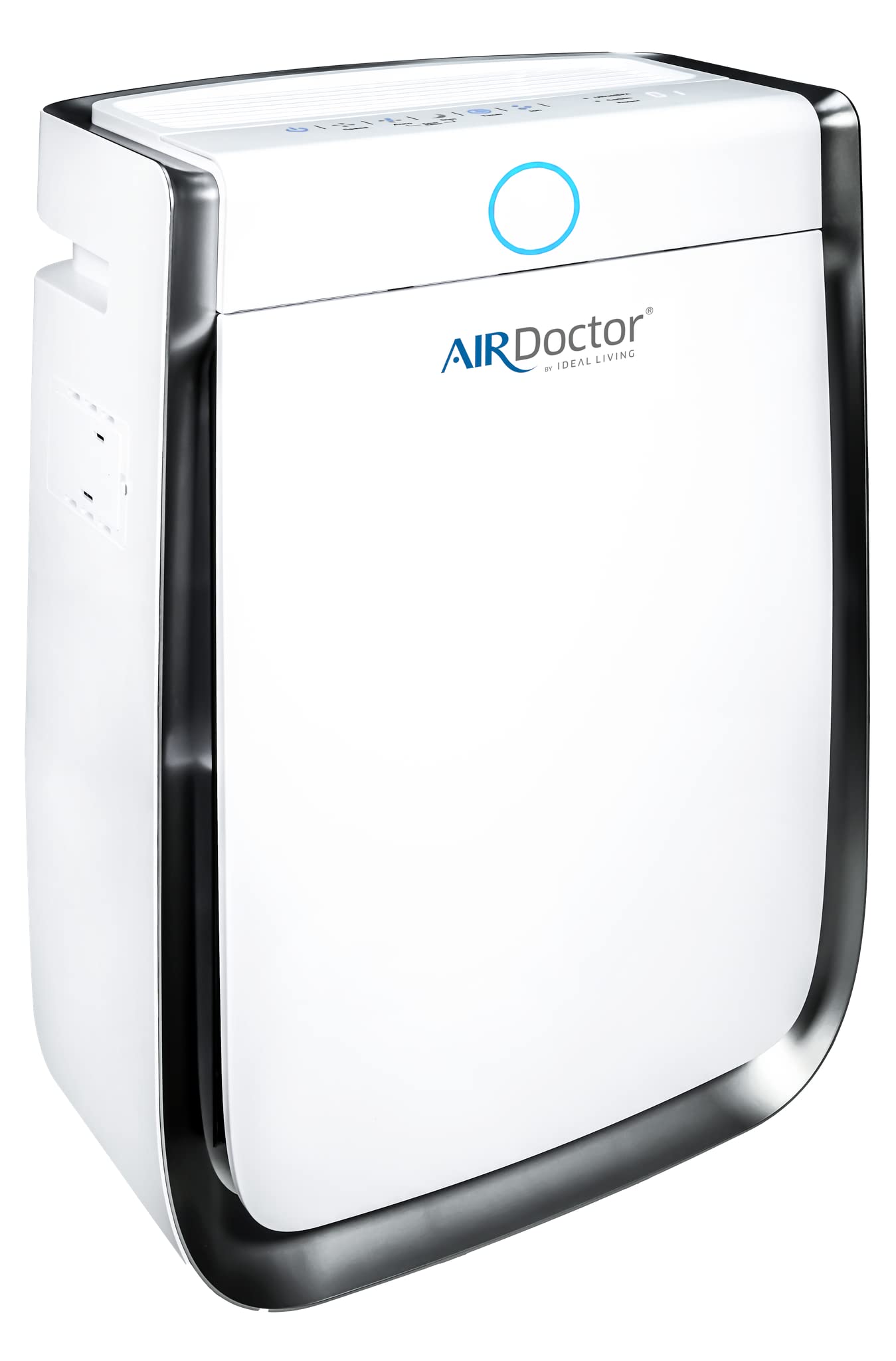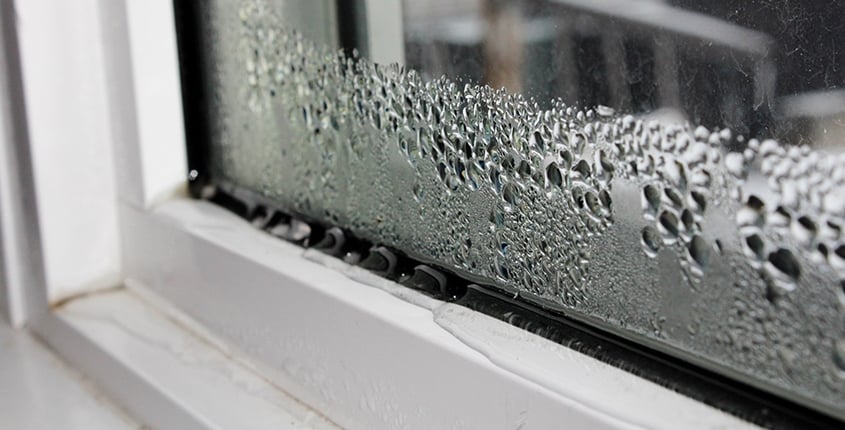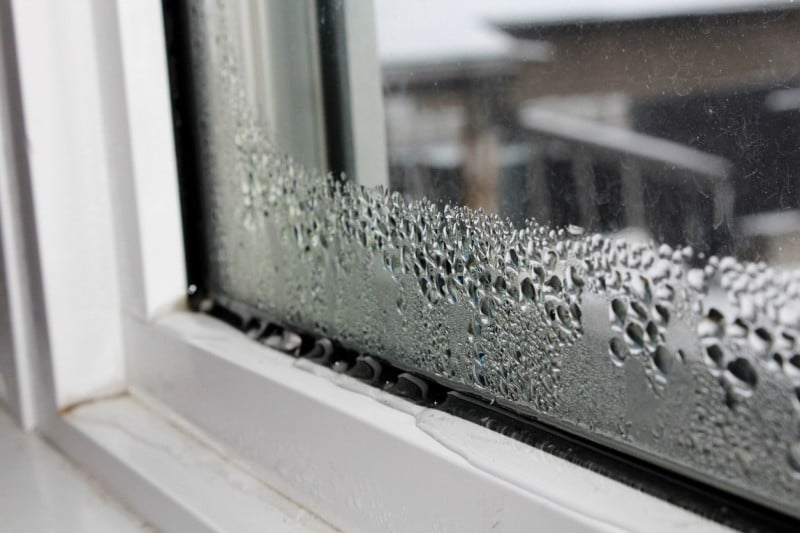
We spend a good deal of our lives indoors. It, therefore, makes sense to be concerned about indoor air quality. Sadly, many people believe myths about the air they breathe while indoors. These myths prevent them from taking the steps necessary to improve the quality of the air they breathe and therefore comprise their health.
If you believe the myths below, it’s time you made a change to improve the indoor air quality of your home and thus safeguard your household’s health.
- The air inside your home is cleaner than the air outside
The air in your home is actually more polluted than that outdoors. There are various pollutants within homes including air fresheners, aerosols, detergents, electronics, cleaning agents, refrigerators, dust mites, mold and much more. Efficient buildings are built to minimize the exchange of air indoors with the outdoors. You’re breathing stale polluted air while you’re indoors.
You can improve the quality of air in your home by investing in a ventilation system that circulates air into the home from the outdoors. This will prevent the buildup of pollutants in the home.

- Indoor air quality isn’t a big deal
The quality of the air you breathe can contribute to the development of health issues including asthma, congested sinuses, nausea, fatigue, headaches, allergies and other respiratory issues.
Taking the steps to improve the quality of air you breathe will cost much less than a lifetime of medications and treatments due to poor health. It is well worth investing your time and money in.
- A high-quality filter will ensure better air quality
Air filters in HVAC systems only help to reduce particulates in the air. Even the finest filters cannot get rid of gases that pollute the air such as radon gas. Investing in and changing your air filters regularly will only protect you from particulates such as dust and mold spores.
The best way to improve air quality in the home is to ventilate the home. This will remove stale air with pollutants and allow in fresh air from the outdoors. Ventilation takes care of all forms of pollution including particulates, gases and moisture.
- Improving indoor air quality is expensive
You can improve air quality in your home without breaking the bank. There are simple steps you can take right now such as ventilating your home and eliminating pollutants to improve air quality. You should however consider long term measures such as investing in a whole-home ventilation system for long term improvements and peace of mind.











 1. Bacteria
1. Bacteria



